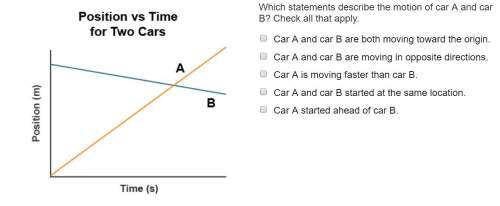Suppose you are in Sydney, Australia (latitude 34∘S). Answer each of the following.
Part B
Wh...

Suppose you are in Sydney, Australia (latitude 34∘S). Answer each of the following.
Part B
Where is the meridian in your sky?
The meridian is a circle in the sky, parallel to the horizon and located at the altitude of the 56∘∘, value complementing the latitude to the straight angle.
The meridian is a circle in the sky, parallel to the horizon and located at the altitude of the 34∘∘, equal to the latitude of the observer.
The meridian is a half-circle extending from the south point on the horizon through the zenith to the north point on the horizon.
The meridian is a half-circle extending from the west point on the horizon through the zenith to the east point on the horizon.
Part C
Where is the celestial equator in your sky?
The celestial equator is a half-circle extending from the east point on the horizon through the point at an altitude of 56∘∘ and azimuth due north to the west point on the horizon.
The celestial equator is a half-circle extending from the north point on the horizon through the point at an altitude of 56∘∘ and azimuth due east to the south point on the horizon.
The celestial equator is a half-circle extending from the north point on the horizon through the point at an altitude of 34∘∘ and azimuth due east to the south point on the horizon.
The celestial equator is a half-circle extending from the east point on the horizon through the point at an altitude of 34∘∘ and azimuth due north to the west point on the horizon.
SubmitRequest Answer
Part D
Does the Sun ever appear at your zenith? If so, when? If not, why not?
Does the Sun ever appear at your zenith? If so, when? If not, why not?
No. The Sun appears at the zenith only at places between 23.5∘N∘N and 23.5∘S∘S.
Yes. The Sun appears at the zenith at the midday on the day of the summer solstice, which for the Sydney is 21, June.
Yes. The Sun appears at the zenith at the midday on the day of the summer solstice, which for the Sydney is 21, January.
No. The Sun appears at the zenith only at places to the north from 66.5∘N∘N or to the south from 66.5∘S∘S.
Part E
What range of declinations makes a star circumpolar in your sky?
From -34∘∘ to -90∘∘.
From -56∘∘ to -90∘∘.
From -56∘∘ to +34∘∘.
From -34∘∘ to +34∘∘.
Part F
What is the range of declinations for stars that you can never see in your sky?
From +34∘∘ to +90∘∘.
From +56∘∘ to +90∘∘.
From -56∘∘ to +90∘∘.
From -34∘∘ to +90∘∘.

Answers: 2


Another question on Physics

Physics, 22.06.2019 09:30
1. how to locate the image in converging(concave) mirror and diverging (convex) mirror with salt. 2. how to locate the image in a converging (convex) lens and diverging (concave) lens with salt.
Answers: 1

Physics, 22.06.2019 10:30
Aparticle moves in the xy plane with constant acceleration. at time zero, the particle is at x = 6 m, y = 8.5 m, and has velocity ~vo = (9 m/s) ˆı + (−2.5 m/s) ˆ . the acceleration is given by ~a = (4.5 m/s 2 ) ˆı + (3 m/s 2 ) ˆ . what is the x component of velocity after 3.5 s? answer in units of m/s.
Answers: 1


Physics, 22.06.2019 16:00
Marvin records scientific data about lake superior. for which property has marvin forgotten to use an si unit of measurement? shore length high temperature low temperature annual precipitation
Answers: 3
You know the right answer?
Questions

Mathematics, 26.07.2019 12:50


Mathematics, 26.07.2019 12:50



History, 26.07.2019 12:50




History, 26.07.2019 12:50



Health, 26.07.2019 12:50

History, 26.07.2019 12:50





Mathematics, 26.07.2019 12:50

Biology, 26.07.2019 12:50




